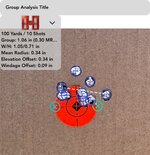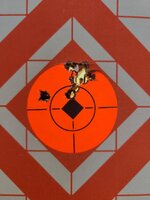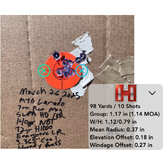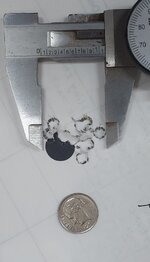I will be starting development with new Alpha brass 308 cases necked down for 243win. If I don't run up the charge towards pressure, but towards speed (ie 3000fps with 95gr NBTs) would speed change with subsequent firings? Based on your response I would assume so, and it makes sense to rerun the testing once brass is fired
In my experience, speed and pressure increase on 2nd firing vs virgin brass. It is theorized that some of the energy on first firing is absorbed by the case expanding to the chamber. Once cases are formed and shoulders are properly bumped back only .002-3", there's less expansion of the case and an increase in peak pressure/velocity. When I did my temp testing this winter I used my initial established charge in virgin brass of 58gr @ 88°F 10 shot avg velocity 2933fps-I’m curious as well. I’m new to reloading and was expecting the opposite. More room for powder with an expanded case was my thought process… will be curious to experiment with my once fired brass
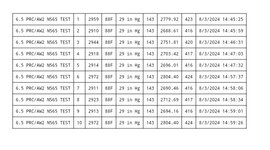
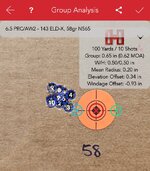
at 36°F the avg dropped to 2893fps, so ~.77fps/°F powder rating.
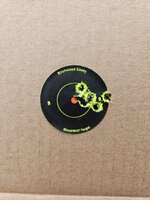
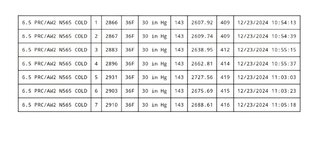
In 1x fired and prepped brass 58gr @ 38°F avg 2947fps and had consistent bolt lift (group also opened up, probably still within the variability).
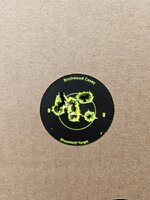
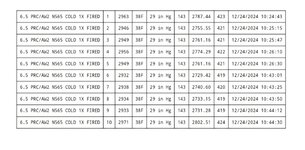
Dropping the charge to 56.5gr @ 29°F avg 2857fps and group went back to .6" with smooth extraction and no pressure signs.
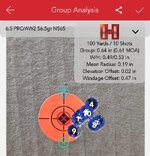
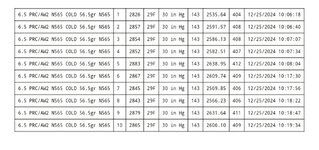
Take from that what you will.
It's literally the painless method with a powder charge check/adjustment on 2nd firing to stay out of pressure..To me, what the last few posts have been suggesting is not “painless load development.” Anything that involves fire forming all your brass before you start “reloading for real” is the opposite of “painless.” Unless there is a really good reason to fire forming your brass - like if you have a custom or wildcat chamber - it is a pointless exercise that won’t result in measurable improvement for most shooters.
But, if you insist upon it, then my recommendation is to go buy 100-200 rounds of factory ammo and use it all up in sighting in and practice. Then reload it. That will at least save you the time of hand loading a bunch of cartridges that you think aren’t good enough for “real use.”
Of course, if you do that, you might discover that you don’t actually need to reload to get acceptable results. I have a .270 Winchester that shoots the Remington factory 130-grain loads under an inch at 100 yards. I’ve been sitting on 600 Sierra .277 bullets for 25 years because it turned out it wasn’t worth my time to reload them. I have something like 400 once-fired .270 brass just waiting for the time that it makes sense to reload for it.
My standard practice when I buy any new rifle starts with buying 200 loaded cartridges for it, using those as a basis for baseline accuracy, bullet weight preferences, etc. Once I establish that is good, I get enough components to reload that brass about four times each. When I shoot a thousand rounds from a rifle, then, maybe, I will get some “good brass” for it. But with the number of rifles I own, that hasn’t happened yet.
____________________
“Keep on keepin’ on…”

